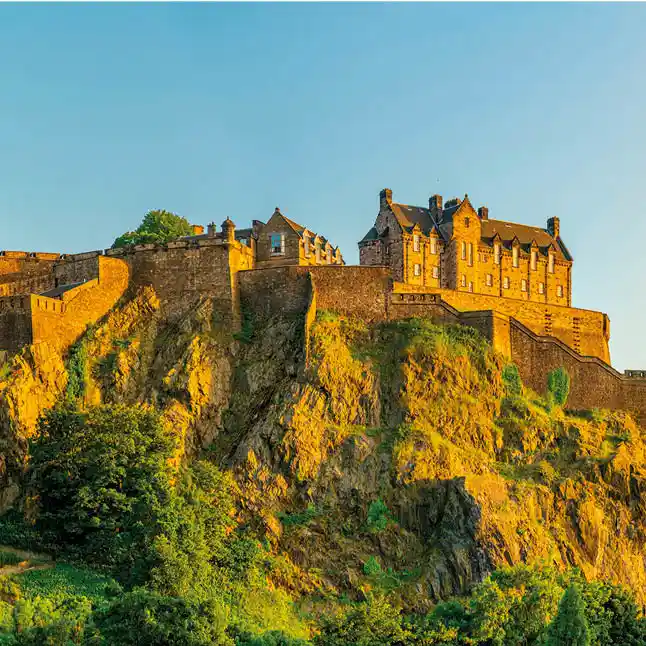- Stockholm and its floating city: Stockholm is built on 14 islands connected by more than 50 bridges, which gives it a unique atmosphere. It is called "the Venice of the North" because of its connection with water and its impressive views of the archipelago.
- Copenhagen and Christiania: In Copenhagen is Freetown Christiania, an autonomous community within the city that is governed by its own rules. It is known for its urban art, alternative lifestyle, and bohemian atmosphere, attracting many curious visitors.
- Tallinn, the best preserved medieval city: Tallinn, the capital of Estonia, has one of the best preserved medieval old towns in Europe. Its Gothic architecture, with towers and cobblestone streets, transports tourists directly to the past.
- The Berlin subway line under the water: In Berlin, one of the subway lines (U7) passes under the Spree river, a fact that many tourists do not know. It is an interesting fact about the city's extensive and efficient transport network.
- Helsinki and the Suomenlinna sea fortress: The Suomenlinna fortress, built on six islands, is a UNESCO World Heritage Site. It is a fascinating mix of nature and military architecture, accessible from Helsinki by a short ferry ride.
- Saint Petersburg and its white nights: Saint Petersburg is famous for its "white nights," a natural phenomenon where the sun barely sets during the summer nights. Between May and July, the city shines with a special light that allows walking through its streets and canals almost at any hour.



















